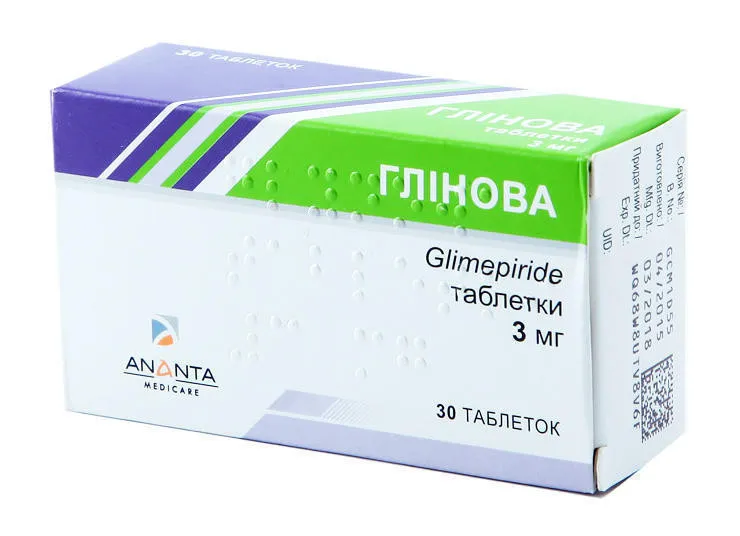Description
Glinova Tablets 3 mg
Ingredients:
Glinova tablets 3 mg contain Glimepiride as the active ingredient.
Dosage:
The recommended dosage of Glinova tablets is determined by the healthcare provider based on individual needs. It is typically taken once a day with breakfast or the first main meal.
Indications:
Glinova tablets are indicated for the treatment of type 2 diabetes mellitus to help lower blood sugar levels.
Contraindications:
Do not take Glinova tablets if you have a known allergy to Glimepiride or any other components of the tablet. It is not recommended for use in type 1 diabetes or diabetic ketoacidosis.
Directions:
Take Glinova tablets exactly as prescribed by your healthcare provider. Do not exceed the recommended dose to avoid potential side effects.
Scientific Evidence:
Glinova tablets containing Glimepiride have been extensively studied for their efficacy in managing blood sugar levels in patients with type 2 diabetes. Research published in the Journal of Diabetes Investigation has shown that Glimepiride, the active ingredient in Glinova tablets, effectively stimulates insulin release from pancreatic beta cells, thereby reducing blood glucose levels.
Additional Information:
Pharmacological Effects: Glimepiride works by increasing the release of insulin from the pancreas, which helps to lower blood sugar levels. It belongs to the sulfonylurea class of drugs and is effective in controlling glucose levels in patients with type 2 diabetes.
Clinical Trials: Clinical trials have demonstrated the efficacy of Glinova tablets in improving glycemic control in patients with type 2 diabetes. A study published in the Journal of Clinical Pharmacology and Therapeutics reported a significant reduction in HbA1c levels in patients treated with Glimepiride compared to a control group.





